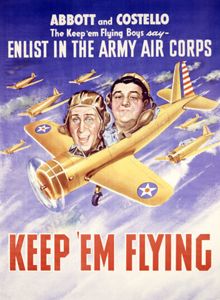
Here's Dave K's trunk on the day of the SAM 27/Jimmie Allen Contest organized by Jerry Rocha. Two Skokies, a Hurricane, Chambermaid and Mustang. But count the Gizmos - 5! If that's not a great product endorsement I don't know what is. Dave builds scale and sport. He's a light strong builder (the models, not Dave) and a good flyer. He's not in this shot because he's persistently tuning a new Heinkel.

We were all amazed at how well Tyler had the Guillows Mustang flying.
HOW MANY PEOPLE DOES IT TAKE TO WIND A JIMMIE ALLEN SPECIAL?

Five if it's in California.
Here's a J.A. Yellowjacket built in the air by Phobe but given to George, who likes a challenge. He's had some spectacular flights and some a lot less so with the same trim, so it's work in progress.

Mike P has this great J.A. Parasol - check out the hat and the right thrust - and Mike's use of every color of Japanese Tissue but one, with robin's egg blue U/C thrown in for good measure. I'm not sure how well Mike did in the contest, but I saw the Parasol climbing out steeply.



Ding has covered his Bluebird with, well red and yellow. In the background there's a J.A.Special. George mailed the plans to Ding on Monday, and Ding had the Special in the air by Thursday.
Tom.










































